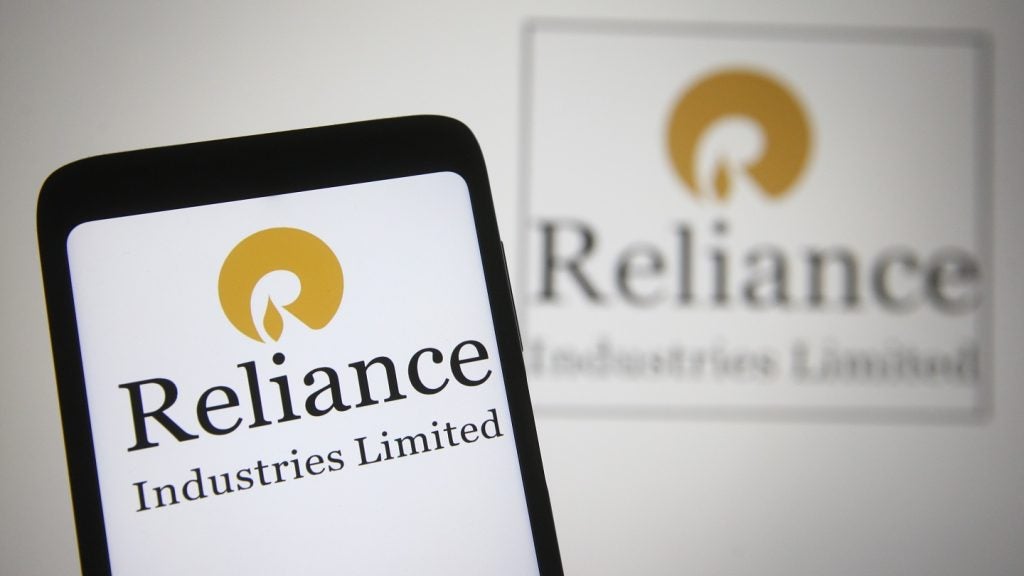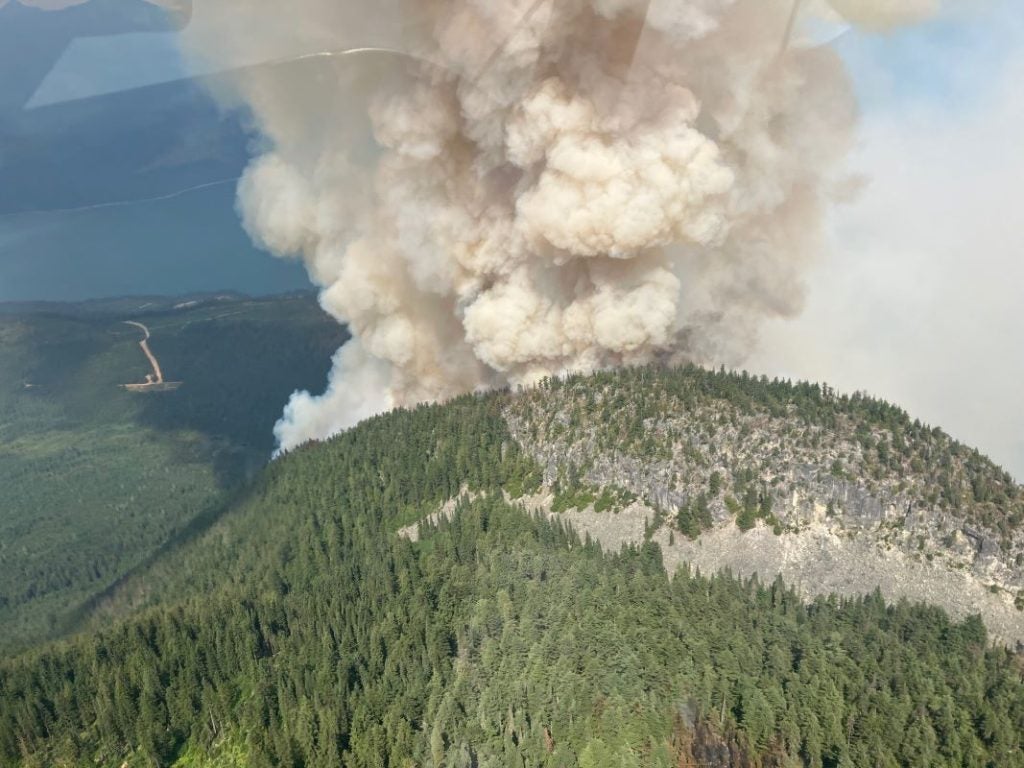Piper Alpha is an offshore oil and gas platform that suffered an explosion in July 1988, which is still regarded as the worst offshore oil disaster in the history of the UK. The accident killed 165 out of 226 crew members and two crew from the standby vessel Sandhaven.
The accident was attributed mainly to human error and forced the offshore industry to pay more attention to safety issues. Property damage from the Piper Alpha explosion was estimated to be $1.4bn.
Owned by Occidental Petroleum, Piper Alpha began production in 1976 at the Piper oil field, which is owned by the OPCAL joint venture (JV). It was initially constructed as an oil production platform and later added with a gas recovery module to facilitate gas production. Piper oil field produced oil from 36 wells.
Piper Alpha platform construction
Piper Alpha Platform was constructed in two sections by McDermott Engineering and UIE at Ardersier and Cherbourg, respectively. The two sections were assembled at Ardersier. The gas processing system of the platform comprised two high-pressure condensate pumps.
The modular platform was approximately 300m-high and comprised four main operating areas, which were separated by firewalls. The platform was equipped with both diesel and electric seawater pumps to supply water to its automatic fire-fighting system.
It had a capacity to accommodate more than 200 people and featured a helideck. The height of the helideck from the water was approximately 175ft.
The platform was placed at the Piper oil field, 273km north-east of Aberdeen. The offshore oil and gas platform pumped processed crude oil from the oil field to Flotta Terminal, located on the Island of Orkney. The export oil lines from the new Tartan and Claymore platforms were also connected with Piper’s oil export line to the Flotta Terminal.
The platform later served as a hub that processed its own gas, collected gas from the Tartan Platform and pumped it onto the MCP-01 Platform. Piper Alpha was linked with Claymore via a pipeline, which received and supplied gas to the latter for gas-lift purposes.
What caused Piper Alpha disaster?
The primary cause of the accident was ruled to be maintenance work simultaneously carried out on one of the high-pressure condensate pumps and a safety valve, which led to a leak in condensates.
After the removal of one of the gas condensate pump pressure safety valves for maintenance, the condensate pipe remained temporarily sealed with a blind flange as the work was not completed during the day shift. Unaware of the maintenance being carried out on one of the pumps, a night crew turned on the alternate pump. Following this, the blind flange, including firewalls, failed to handle the pressure, leading to several explosions.
The fire at the platform intensified due to a failure in closing the flow of gas from the Tartan platform. The automatic fire-fighting system remained deactivated since divers worked underwater before the incident. Helicopter operations were hampered due to the amount of heat and smoke.
Cullen inquiry into the platform explosion and recommendations
Following the tragedy, an inquiry into the accident began in November 1988, headed by Lord Cullen, and was published in November 1990. The inquiry was conducted in two parts. The first part studied the causes of the tragedy and the second part presented recommendations to avert future occurrences. It presented 106 recommendations for changes to North Sea safety procedures.
The inquiry introduced major changes in the offshore industry with regards to safety management, regulation and training. Responsibility for North Sea safety shifted from the Department of Energy to the Health and Safety Executive. Automatic shut-down valves were made mandatory on rigs to starve any potential fires of fuel.










